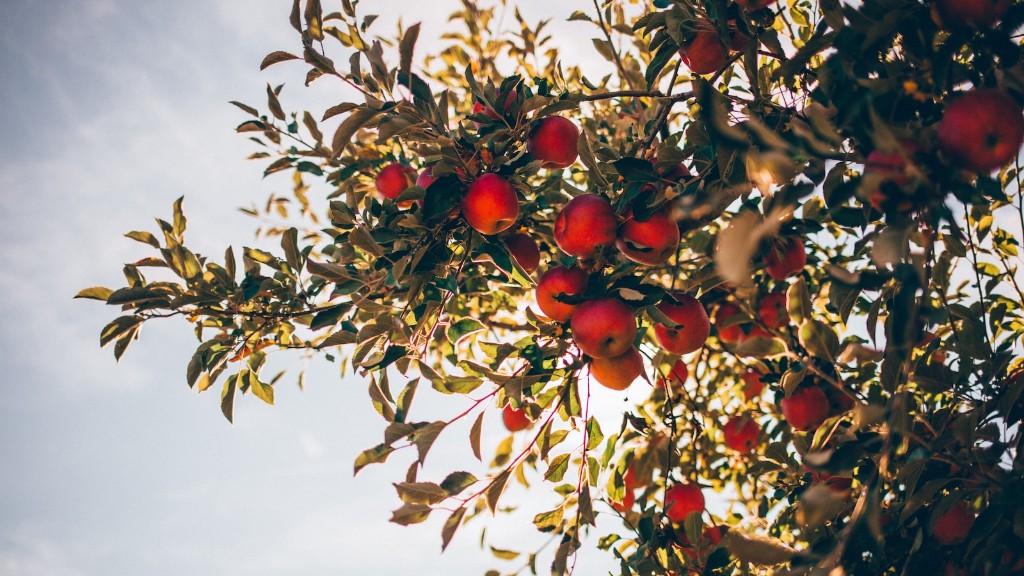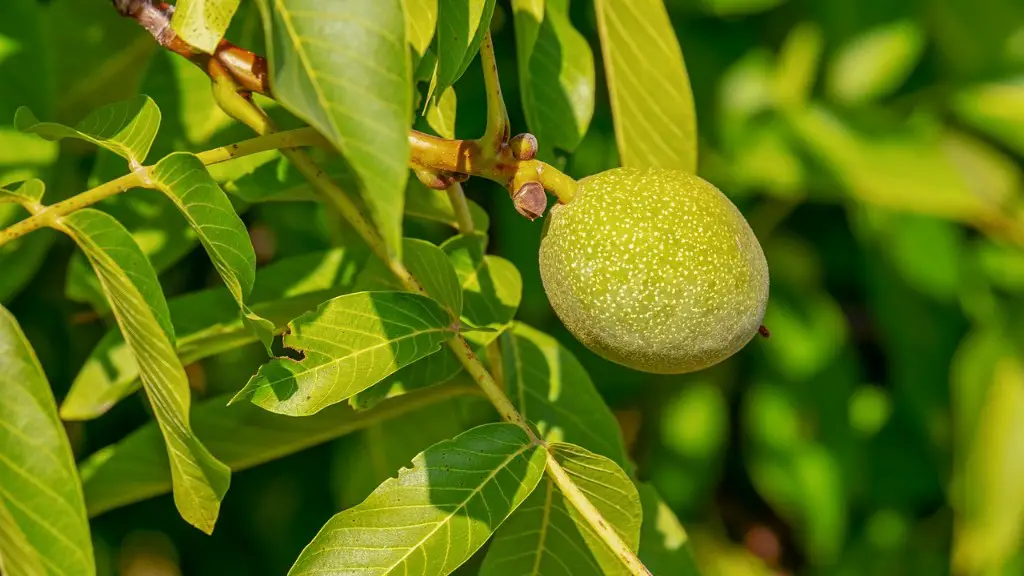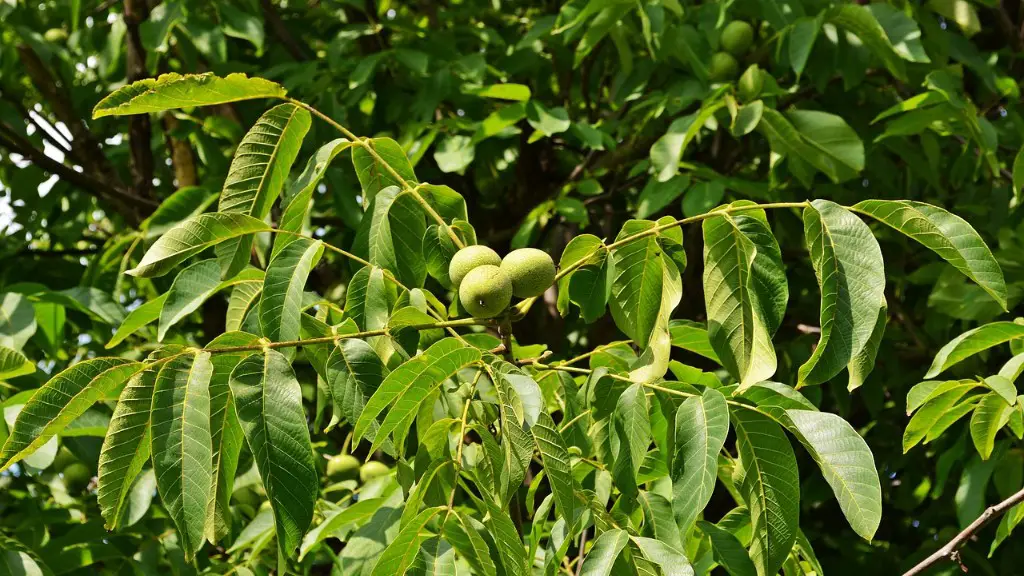From their bright, yellow colour to their tart, yet sweet flavor, lemons are one of the most preferred fruits in many homes. A lemon tree requires special care and attention if you want it to flower, and if you want it to bear fruit. In this article, you’ll learn how to cultivate a healthy, productive lemon tree and get it to flower.
The key to getting a lemon tree to flower is to provide the proper environment for it. The tree needs a lot of sunlight, so make sure it’s planted in an area with at least six hours of direct sunlight every day. Give the tree lots of water, but be aware of the water requirements; lemon trees need to have their soil kept slightly moist, but be careful not to over water them.
Lemon trees also require regular fertilizing, so look for a fertilizer specifically formulated for citrus plants and use it as per the directions on the packaging. Regular pruning can also help stimulate flower growth, removing any dead or diseased branches as soon as you notice them. Finally, make sure the pH level of the soil is around 6.5-7.0, as this is the ideal range for lemon trees.
In order to get your lemon tree to flower, you’ll also need to give it some protection from cold temperatures and pests. Take the time to cover your tree with a blanket if temperatures are expected to drop, and use insecticides and fungicides as needed to keep any pests at bay. Furthermore, given that lemon trees often attract wasps, be aware of any nests in the vicinity and either relocate the tree or keep an eye out for potential invaders.
By following the right steps and taking good care of your lemon tree, you should be able to get it to flower and eventually bear fruit. While the effort and time required can be considerable, the fruits of your labor should be well worth it.
Disease Prevention
When you want to get a lemon tree to flower, one of the most important aspects of the care process is keeping your tree healthy. Diseases can weaken and stunt the growth of a lemon tree, leading to fewer flowers and less abundant fruit. If you want your tree to flower, taking the time to regularly monitor for signs of disease is key.
Make sure to inspect the leaves for signs of discoloration, yellowing or curling, as these are often signs of disease. Also, watch out for any strange spots or blisters, as these may indicate a pest infestation. If you do notice any unusual symptoms, take the time to diagnose the issue with a local garden center; they should be able to provide advice on how to treat the disease accordingly.
In order to take preventative measures, make sure to keep the area around the tree free of fallen leaves and debris as these can attract pests. Additionally, avoid over-watering your tree, as too much water can also lead to disease. Finally, keep an eye on the weather and cover your tree if temperatures are overly cold.
When to Expect Lemon Blossoms
Once you’ve provided the proper care for your tree, you can expect to see lemon blossoms within a few months. Generally speaking, lemon trees can flower year-round, but the most prolific blooms usually occur in spring and summer months. Lemon blossoms tend to be quite lovely and fragrant, so be prepared to enjoy their beauty as soon as they appear.
If you haven’t noticed any blossoms within a few months of taking care of your tree, take some time to check and make sure you’re doing everything right. Ensure that the tree has enough water, fertilizer, and sunlight, and look out for any signs of disease. If all else fails, don’t be afraid to seek professional help; there may be something you’re missing that an expert can spot.
Pollination Tips
Once you have blossoms, it’s time to look into pollinating them. Naturally, the blooms will attract bees, who will take care of most of the pollination. However, if you live in an area with a reduced bee population, you may need to take care of the pollination yourself. To do that, grab a soft brush, such as a small paintbrush, and use it to brush the pollen from flower to flower. Take your time, as you want to make sure that the flowers are properly pollinated.
If possible, try to pollinate in the morning when the temperature is lower and the pollen is heavier. Typically, you want to wait until the petals of the flowers begin to droop, as that’s when the pollen will be easier to transfer. If you don’t have the time to manually pollinate the flowers, you can always purchase a pollination bag and let nature take its course.
Fruit Production
After the blossoms have been pollinated, you should eventually see some fruits starting to form. Depending on the variety of lemon tree and the climate you live in, the fruit may take anywhere from three to six months to ripen. As the fruits are maturing, make sure to keep them adequately pruned. Tall, thin sticks should be removed to allow for better air circulation, whereas thicker branches should be trimmed to promote fruit growth.
When the fruits are ripe, you can harvest them and enjoy the sweetness of homegrown lemons. Make sure the fruit has paled in colour and looks full of juice before you pick it; if it’s still green, give it a few more days. Finally, be careful not to harvest too much; leaving a few lemons on the tree can help ensure healthy production in future seasons.
Preparing for Winter
If you live in a location with cold winters, it’s important to make sure your lemon tree is ready for when temperatures drop. Begin by pruning the tree in fall, removing any dead or malfunctioning branches. Additionally, if you notice any signs of disease, take care of them as soon as possible.
As winter approaches, cover your lemon tree with a blanket or a protective tarp. This will help to insulate the tree from cold temperatures and protect its delicate roots. Make sure to check the blanket regularly and adjust it as needed. Finally, make sure the lemon tree is getting enough sunlight by positioning it near windows.



